Hello everyone, this is Kuma-kichi!
At last, the Unkei Exhibition has opened at the Tokyo National Museum in Ueno. The exhibition runs from September 9 (Tue) to November 30 (Sun), 2025. I couldn’t wait, so I went on the very first day♪
Even though it was just a regular weekday, the venue was already quite lively. You can really feel how much interest there is in Unkei.
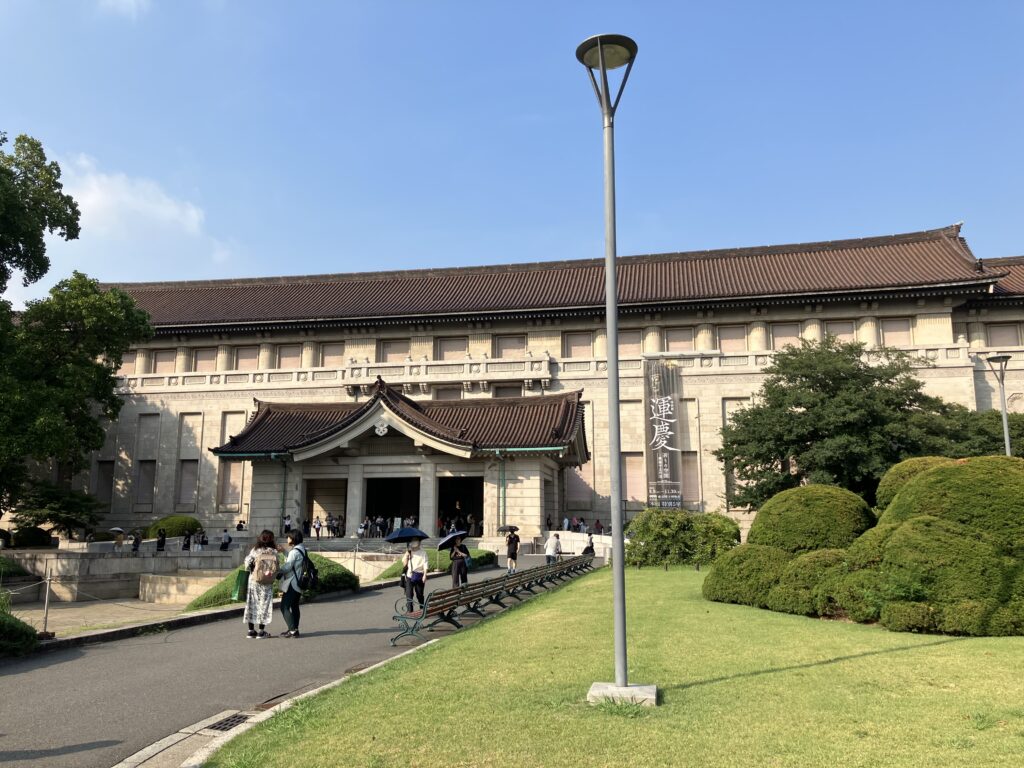
The admission fee is 1,700 yen for adults. I was impressed to see so many people willing to pay that amount just to see seven Buddhist statues. Whether the price feels expensive really depends on each person. Since I’m interested in Buddhist statues—especially those created by Unkei—I felt it was absolutely worth it. But for visitors who aren’t so into Buddhist art, it might seem a bit pricey.
Anyway, enough with the introduction—let me share more details about this special exhibition!
If you’d like to learn more about Unkei himself, please take a look at this related article as well.
知ると10倍歴史散歩が楽しくなる 仏師・運慶 | くま吉の歴史散歩ブログ
Overview of the Special Exhibition
So, what is this exhibition all about?
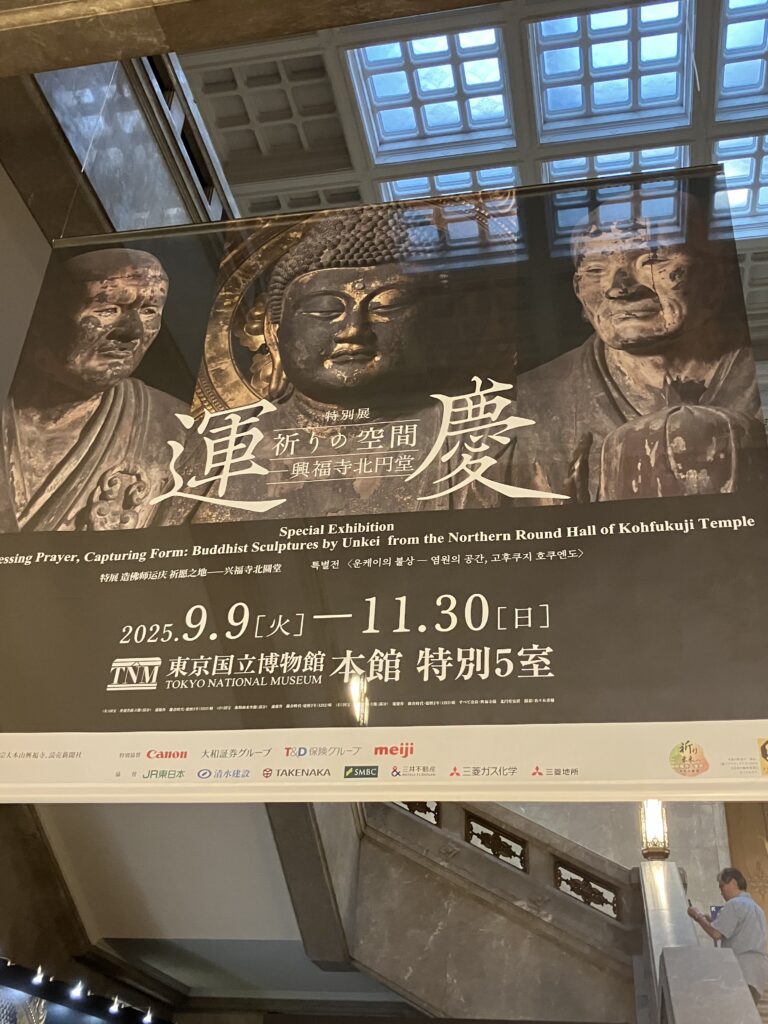
The Northern Round Hall (Hokuendō) of Kōfuku-ji Temple in Nara is famous for its principal image, the National Treasure Seated Miroku Nyorai, flanked by the National Treasure standing statues of the bodhisattvas Asaṅga (Mujaku) and Vasubandhu (Seshin). These are celebrated as masterpieces from the later years of Unkei, one of the greatest sculptors of the Kamakura period.
In this exhibition, these works are displayed together with the four guardian kings (Shitennō), which are believed to have once been enshrined in the Northern Round Hall as well. Bringing all seven National Treasure statues together in one place, the exhibition attempts to recreate the sacred atmosphere of the Hokuendō interior at the time of Kamakura’s revival.
Now then, let me introduce them one by one♪
the National Treasure Seated Miroku Nyorai
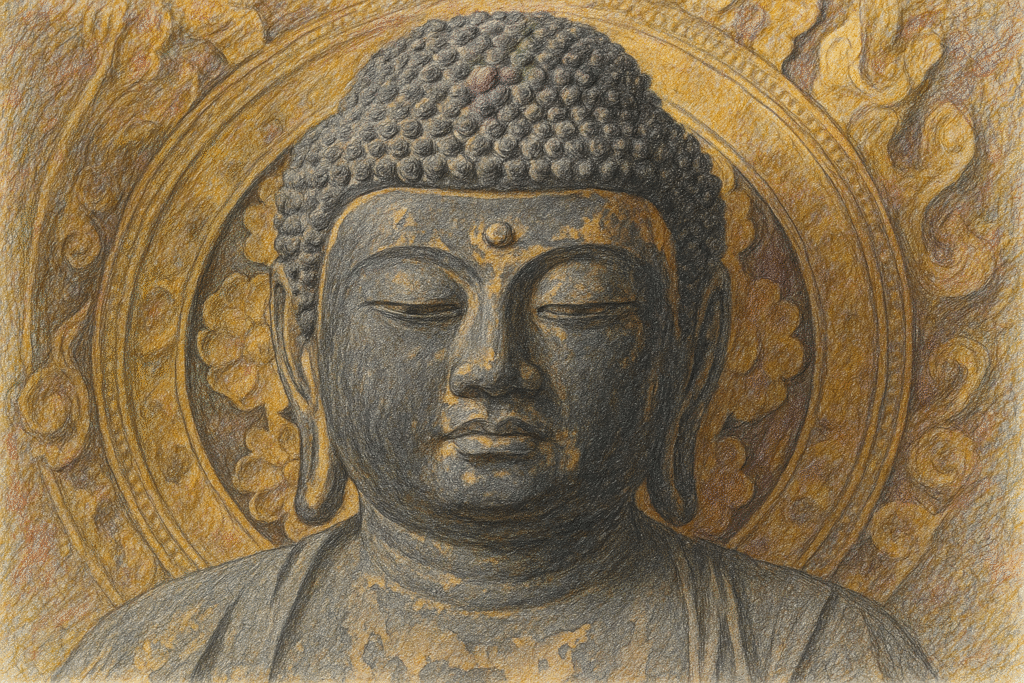
Miroku Nyorai is the Buddha who is believed, in Buddhism, to appear in the future. After the passing of the present Buddha, Shakyamuni, it is said that Miroku Nyorai will come to this world 5.67 billion years later to save all living beings. That’s quite a long time from now!!
At present, Miroku Bodhisattva is believed to be continuing his practice in the heavenly realm. When the time comes—an age when people have forgotten the teachings of the Buddha—he will descend once again to the human world, attain enlightenment, and become Miroku Nyorai, guiding all beings to salvation. This belief is called the faith in the future Buddha and spread from India to China, Korea, and Japan.
By the way, as a side note, while he is still practicing he is called Miroku Bodhisattva, and once he attains enlightenment in the future, he becomes Miroku Nyorai(Buddha) . The difference between a Bodhisattva and a Buddha also appears in their outward appearance. A Buddha is usually depicted in the simplest and purest form—wearing plain robes and without ornaments. On the other hand, a Bodhisattva is characterized by lavish adornments such as jeweled crowns, earrings, and armlets.
At the center of this exhibition is the Miroku Nyorai. Although the statue has a calm and quiet presence, it also radiates a sense of vitality. It almost feels so alive that, if I spoke to it, it might answer back. The eyes, though more than half-closed, are faintly open, and I felt myself strongly drawn into their gaze. Truly, this is the work of a genius sculptor—Unkei!!
Mujaku Bosatsu
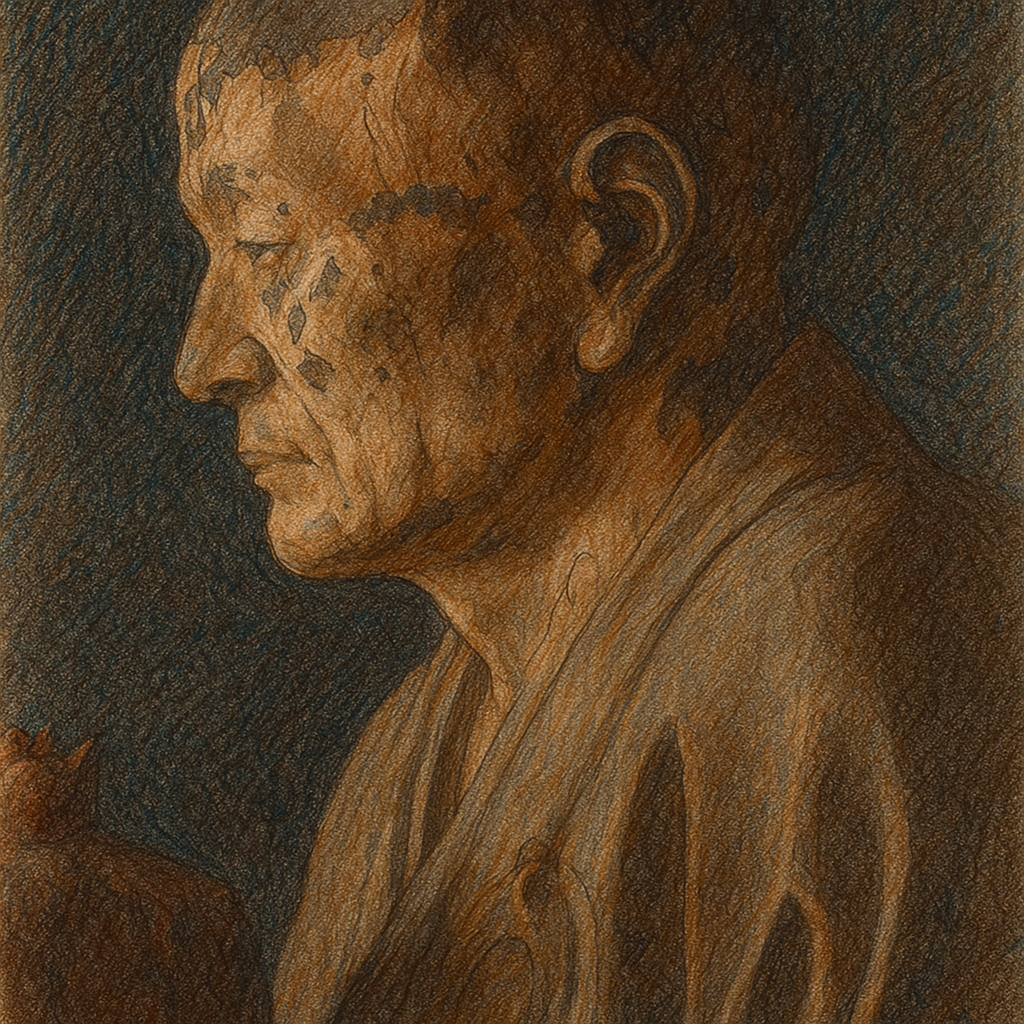
Mujaku Bosatsu (Bodhisattva Asaṅga) is believed to be the deified form of Asaṅga, an important thinker of Indian Mahāyāna Buddhism. According to tradition, Mujaku is said to have received direct teachings from Miroku Bodhisattva. There is a story that, although Asaṅga could not attain enlightenment after many years of practice, he was finally guided by Miroku Bodhisattva and gained profound wisdom.
As for my impressions of Mujaku Bosatsu and Seshin Bosatsu (Bodhisattva Vasubandhu), I felt a certain sense of melancholy about them. Yet, within that sadness, there is also a mysterious presence. They even feel so realistic, as if they were truly alive. I think that is where we can also sense the incredibly high level of artistic skill.
Seshin Bosatsu
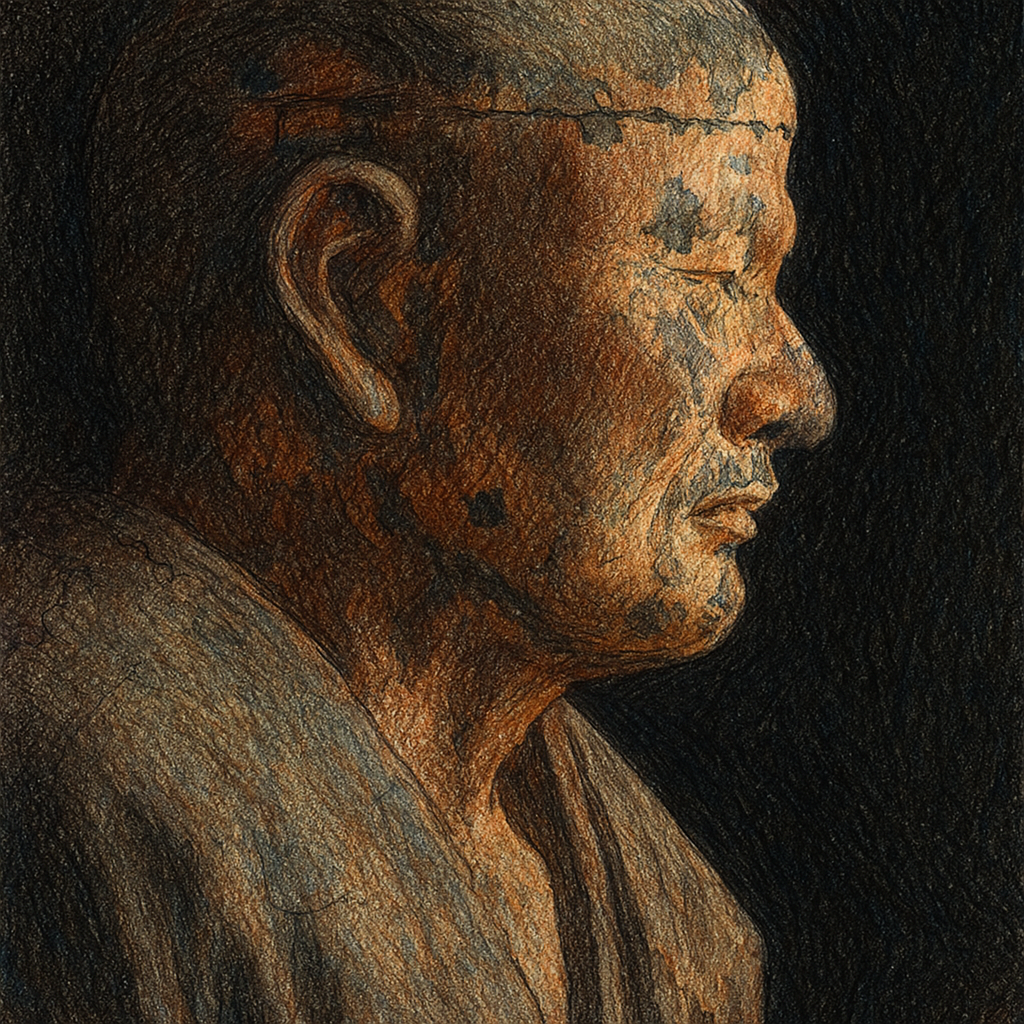
Seshin Bosatsu (Bodhisattva Vasubandhu) is regarded as the younger brother of Mujaku Bosatsu (Bodhisattva Asaṅga). He is known as Vasubandhu, one of the most prominent monks of Indian Mahāyāna Buddhism. While his elder brother laid the foundation of Yogācāra (the Consciousness-only philosophy), Vasubandhu organized and summarized these teachings, making them easier to understand.
Virūpākṣa (Guardian King of the West)
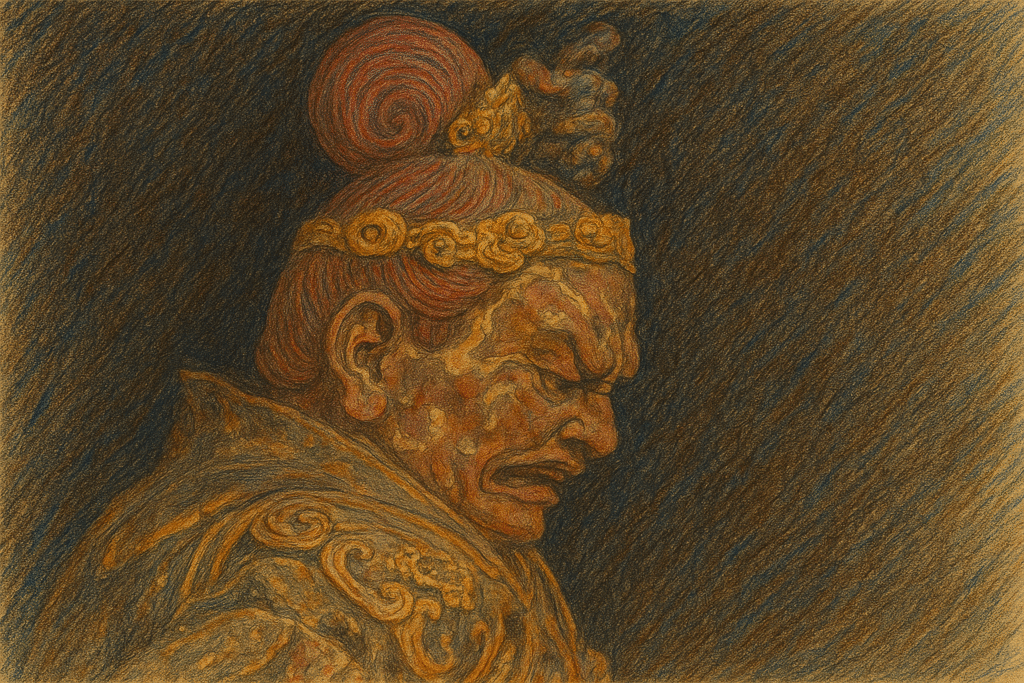
Kōmokuten (Virūpākṣa) is the guardian of the western direction among the Four Heavenly Kings. He is known as the god of wisdom, watching over the world with his “wide eyes” of insight. His attributes often include a scroll of sutras or a writing brush.
As for my overall impression of the Four Heavenly Kings, they looked powerful and full of life. There is a strong sense of dynamism, as if they might start moving at any moment. I truly hope you will experience this excitement up close for yourself♪
Virūḍhaka (Guardian King of the South)
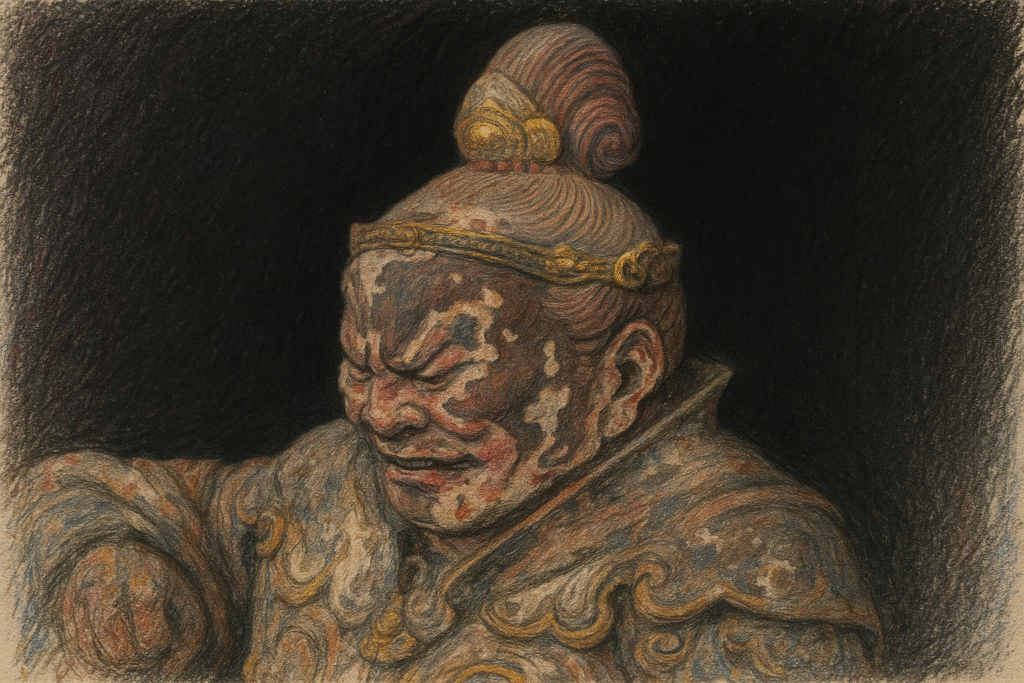
Zōchōten (Virūḍhaka) is the guardian of the southern direction. He symbolizes the increase of good and the repelling of evil. Depicted in armor and holding a spear or halberd, he is shown with an angry expression, intimidating evil forces.
Dhṛtarāṣṭra (Guardian King of the East)
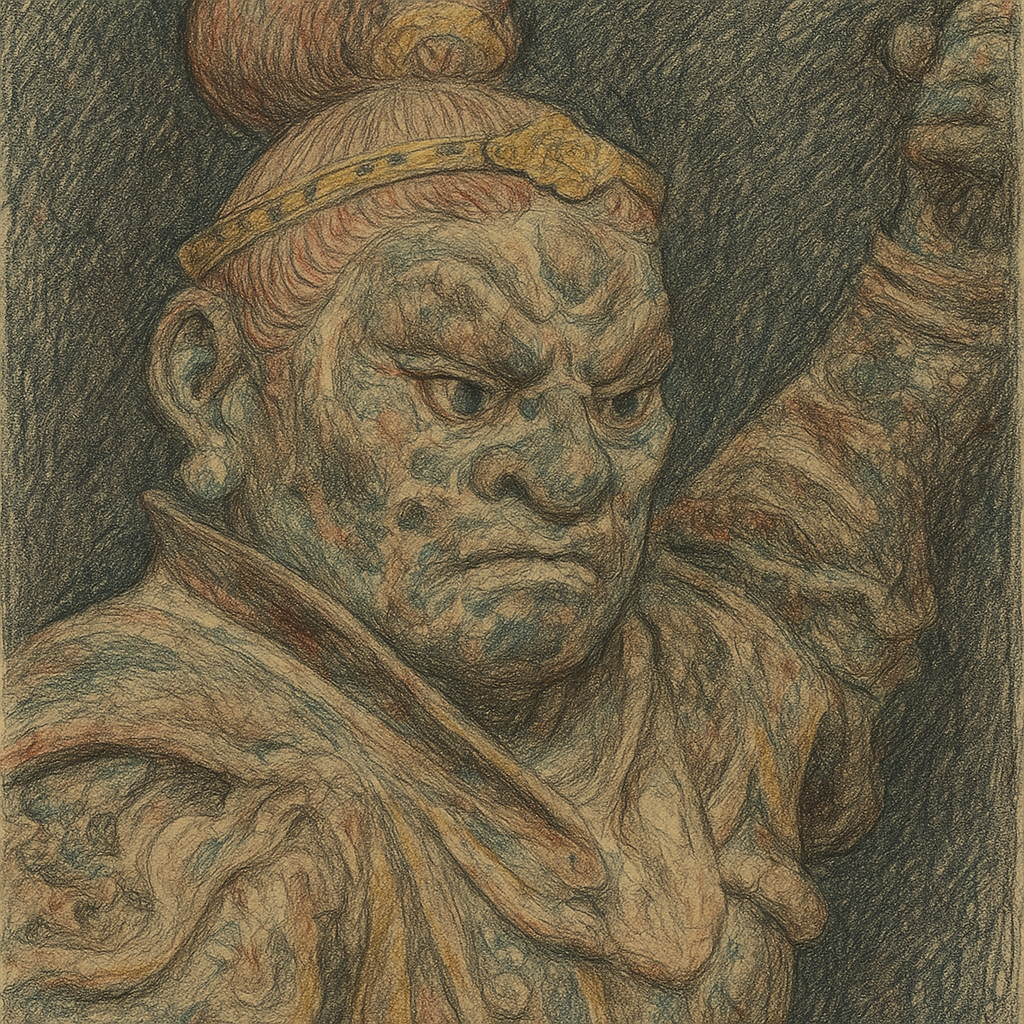
Jikokuten (Dhṛtarāṣṭra) is the guardian of the eastern direction. His name, which means “holding the nation,” symbolizes the protection of the state. He is usually depicted as a warrior in armor, often carrying a sword or halberd. Sometimes he is shown standing triumphantly while trampling upon a demon.
Vaiśravaṇa (Guardian King of the North)
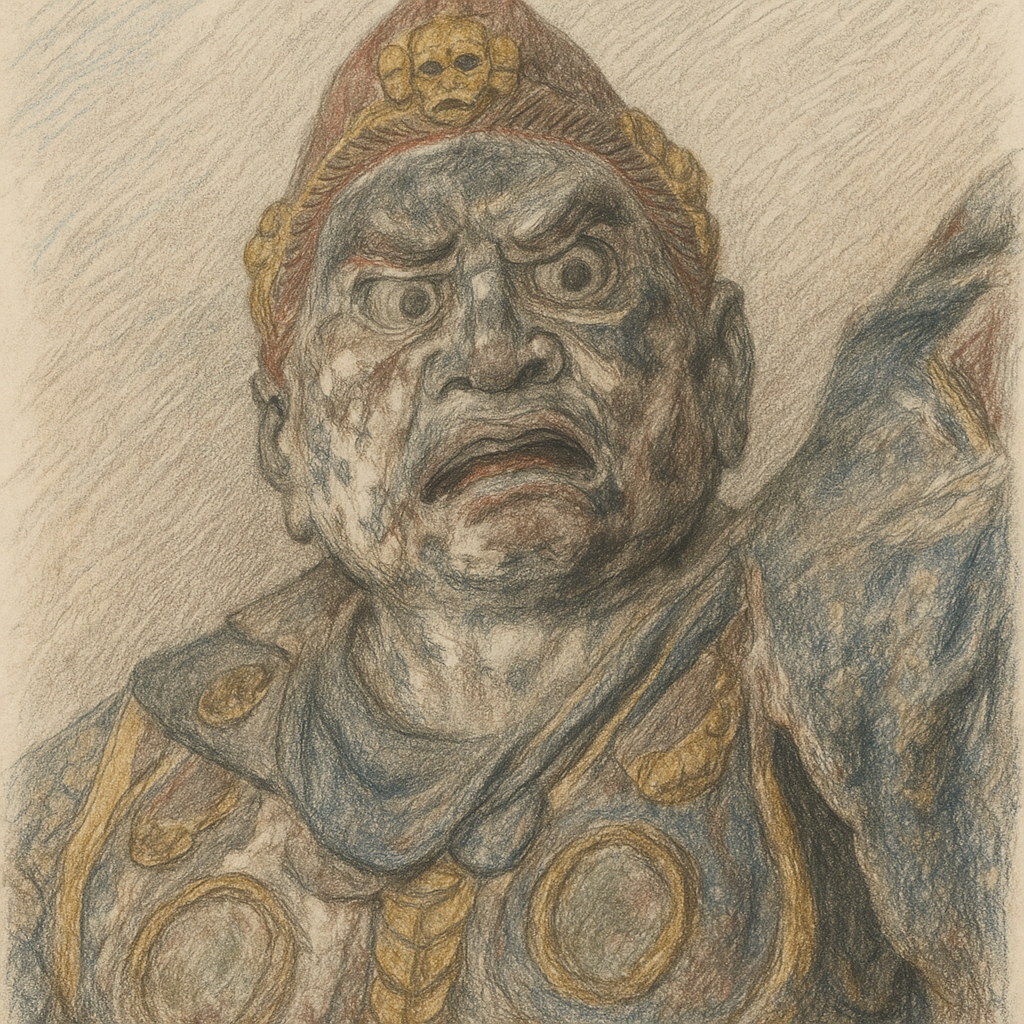
Tamonten (Vaiśravaṇa) is the guardian of the northern direction. His name means “he who hears much,” symbolizing his role in guiding people rightly. He is also revered as a deity of wealth and good fortune. The pagoda he holds in his hand represents the protection of the Buddhist teachings.
Tamonten also carries the character of a god of treasure and is widely known in Japan as Bishamonten, one of the Seven Lucky Gods.
Conclusion
So, how was it?
I really think that having some background knowledge makes the experience much more enjoyable than just going to see the statues without any context♪ Hopefully, this article has been helpful in that regard.
By the way, the Four Heavenly Kings on display this time are usually enshrined in the Central Golden Hall (Chūkondō) of Kōfuku-ji in Nara. Kōfuku-ji itself is a temple full of highlights, so I highly recommend visiting it as well.
Here’s a link to my article about when I visited Kōfuku-ji.
05 Hidden Beauty of Nara: Discover Kōfuku‑ji Temple and Its Iconic Asura Statue | くま吉の歴史散歩ブログ

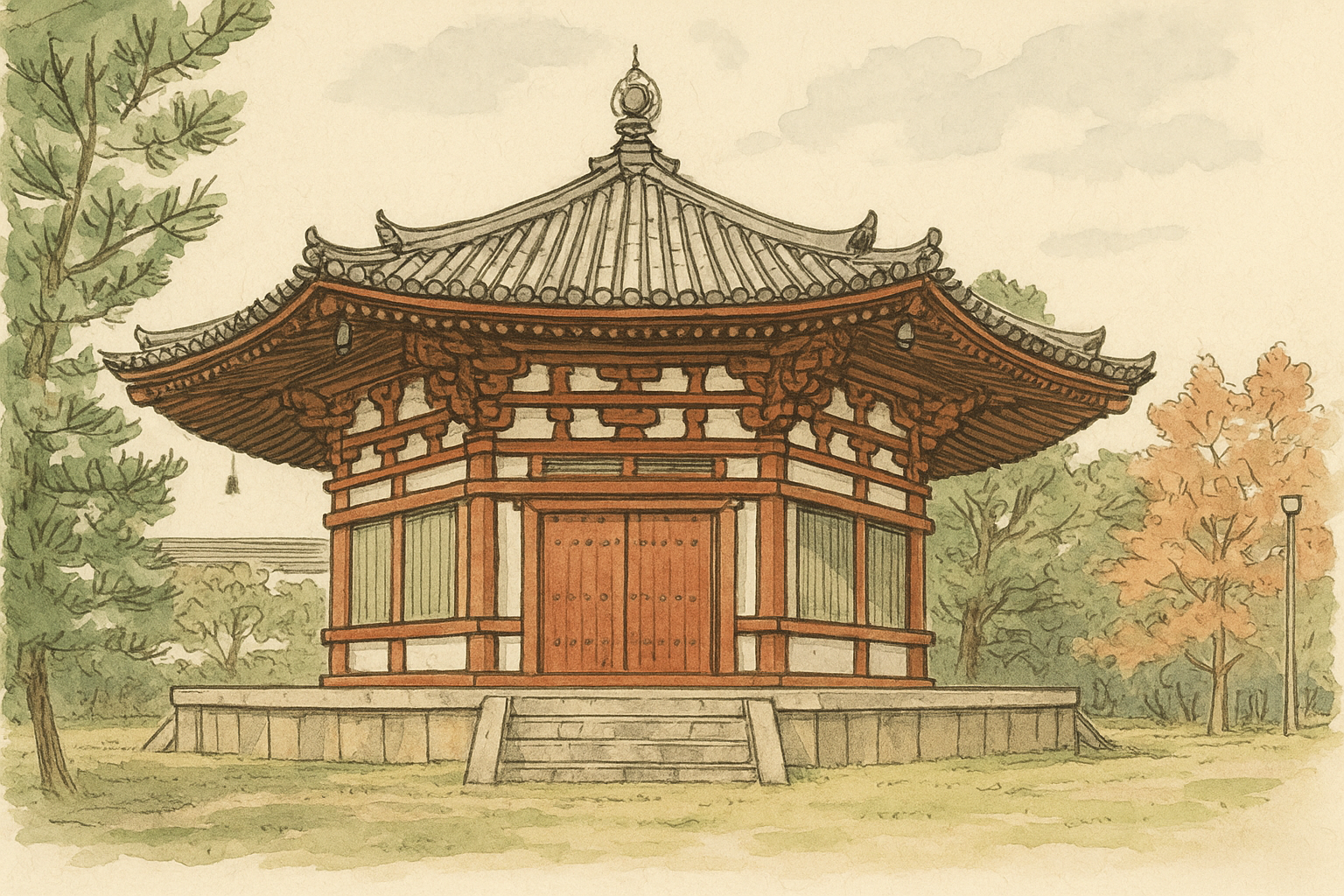

コメント